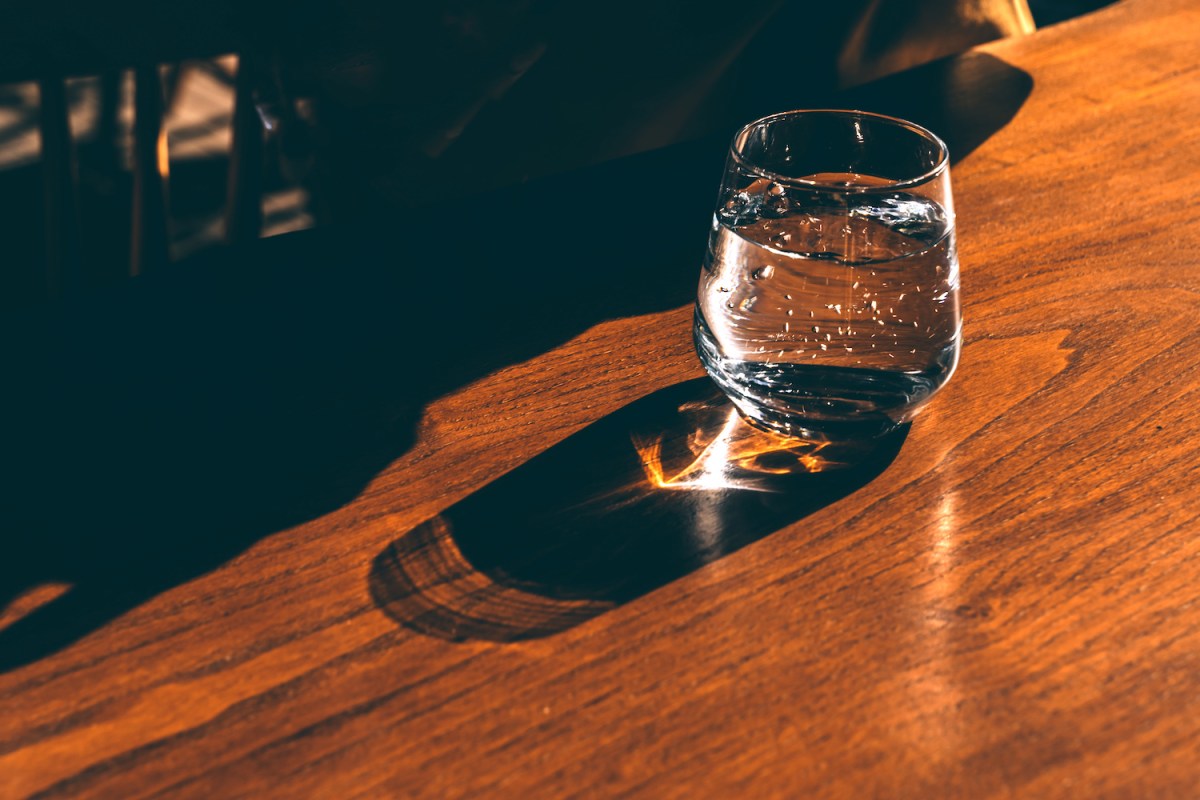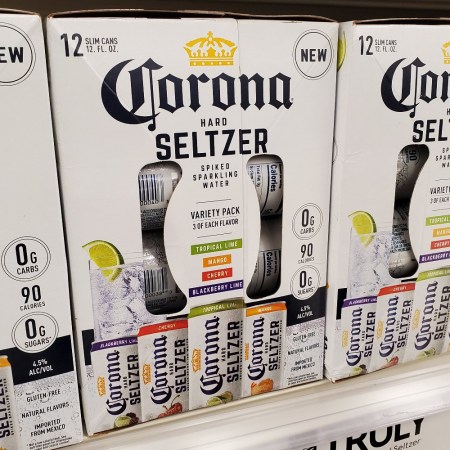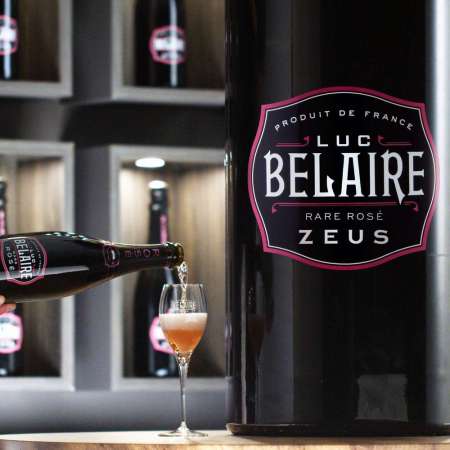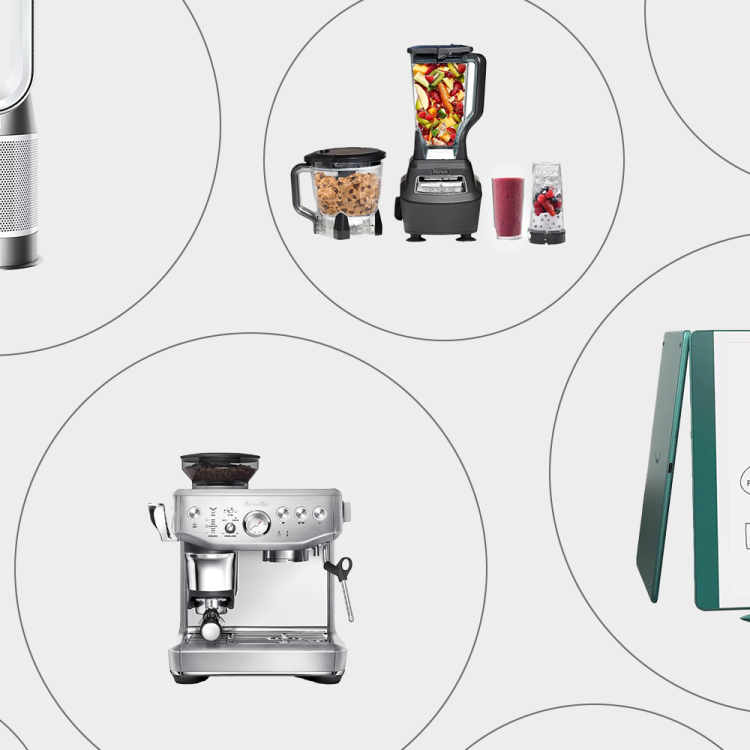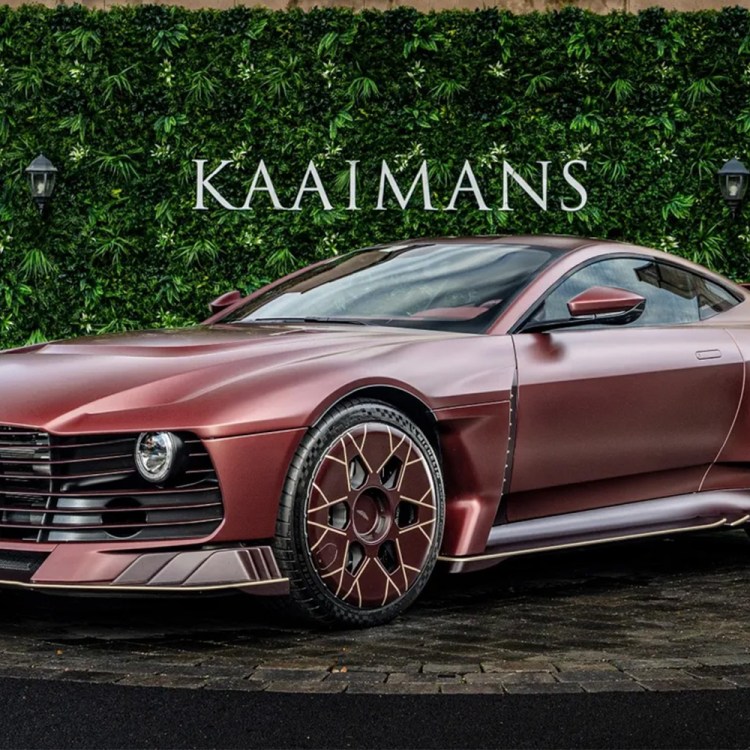Picture this — you’re walking down the market aisle, looking for bubbly water for your next cocktail night. If your store is like mine, there are dozens of options, from seltzer to club soda to sparkling water to tonic water. But it doesn’t really matter because they’re all just bubbles and water, right? While they might seem like interchangeable effervescent refreshments, there are key distinctions that set them apart, including their origins and composition. We break them down for you here so you can make a more educated decision next time you’re shopping for something fizzy.
Seltzer
Seltzer, with its origins rooted in 18th-century Germany, is carbonated water in its purest form. Originally made by placing water over fermenting beer, seltzer is just water infused with carbon dioxide gas, which creates those familiar bubbles. Its primary flavor is carbonic acid, a natural byproduct of carbonation. This naturally occurring acid imparts a delicate tangy note to seltzer, enhancing its refreshing effervescence. This purity makes seltzer a versatile ingredient in mixology. For instance, in classic cocktails like a vodka soda or Tom Collins, seltzer’s neutral profile lets the spirit shine while adding a bubbly lift. It’s also a secret weapon in certain quick-cooking baking recipes — the carbonation can create a lighter texture in pancakes and waffles, making them fluffier and more enjoyable.
Club Soda
Seltzer’s cousin, club soda, can be traced back to the late 18th century when Europeans began to experiment with carbonated waters. Its name, “soda,” reflects its association with sodium-based minerals. Early attempts involved adding various minerals to carbonated water to create unique flavors. Over time, the addition of sodium bicarbonate, also known as baking soda, became a defining characteristic, imparting club soda with its subtle salty note that distinguishes it from other carbonated waters. This unique flavor profile enhances the versatility of club soda in cocktails, particularly in citrus-based drinks like the Mojito, where the saltiness balances the acidity of lime and sweetness of sugar. In baking, club soda can be a game-changer in recipes like pretzels, as the acidic, salty nature helps improve the overall texture of the bread.
Gin & Tonics Taste Best at These 6 London Hotels
Go for the sleep, stay for the drinksSparkling Water
Sparkling water comes from underground springs where it absorbs trace amounts of minerals like calcium, magnesium and sodium as it flows through rocks and soil. The water then becomes naturally carbonated when it absorbs carbon dioxide gas produced by geological processes underground. The minerals present in spring water can vary depending on the specific geological makeup of the region. These minerals contribute to the taste and potential health benefits of the water, making each region’s water subtly unique in taste, mineral content and even carbonation. For example, Perrier hails from Vergèze, France, and contains a moderate amount of minerals, while S.Pellegrino from the Italian Alps features a bolder mineral flavor. Experimentation with various brands is key to determining which sparkling water is best for your preferences.
Tonic Water
Tonic water is a carbonated beverage known for its distinctive bitter taste, often used in cocktails. Its history is intriguing, rooted in medicinal use rather than for culinary applications. Originally developed in the early 19th century, tonic water contained quinine, a compound derived from the bark of the cinchona tree. Quinine was used as a prophylactic against malaria in tropical regions, but because of its extremely bitter taste, it was mixed with water and sugar to make it more palatable for consumption. Over time, it transitioned from a medicinal tonic to a popular mixer for cocktails. One of its most iconic uses is in the classic Gin and Tonic where the bitterness of tonic water complements and enhances the botanical flavors of gin. The carbonation not only adds effervescence to the drink but helps carry and release some of the subtle flavors of the spirit. Its slightly bitter taste contrasts and balances the sweetness of the cocktail’s other ingredients, offering a complex and well-rounded flavor profile.
So, while seltzer, club soda, sparkling water and tonic water all rely on carbon dioxide for their effervescence, their flavor profiles differ. Seltzer’s purity makes it an excellent choice in cocktails for a clean, crisp effervescence and in baking for light, fluffy textures. Club soda, with its hint of saltiness, balances cocktail flavors and improves texture in baked goods. The mineral content in sparkling water makes it ideal for sipping alone, as to not mask its subtle flavors. Finally, tonic water brings a unique bitterness that, when deployed properly, can make certain botanicals shine. Understanding them can elevate your culinary and cocktail endeavors, ensuring the perfect pairing for every occasion.
Every Thursday, our resident experts see to it that you’re up to date on the latest from the world of drinks. Trend reports, bottle reviews, cocktail recipes and more. Sign up for THE SPILL now.
